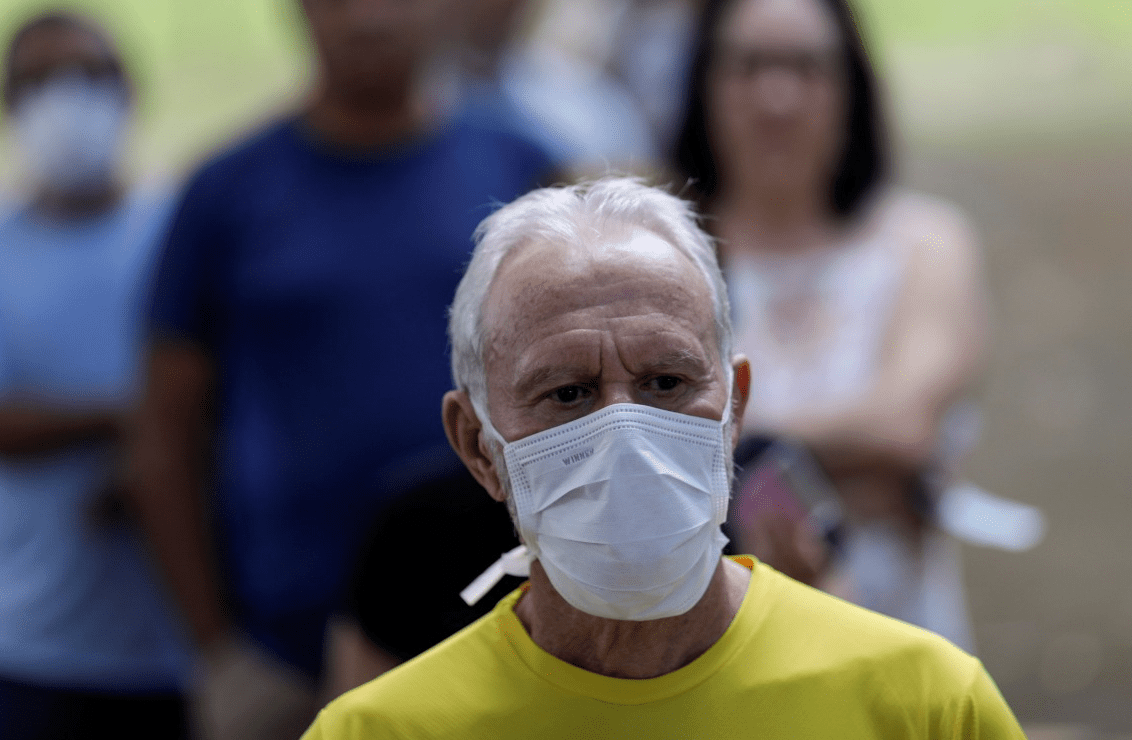RIO DE JANEIRO, BRAZIL – Cities in Brazil‘s inland region that have resumed economic activities in recent days or weeks are recording a sudden increase in new infections and deaths from the novel coronavirus.

It is as if a second wave of viral transmission, caused by the increased flow of people, were overlapping a first wave of infections, when the disease migrated from the capital cities to the interior.
At the start of the epidemic, smaller cities implemented social isolation, despite no confirmed cases of infection, mirroring the capitals. Now that they have started to record more infections and deaths, they are also following larger cities by adopting a reopening program.
According to Suzana Margareth Lobo, president of AMIB (Brazilian Intensive Care Medicine Association), the so-called interiorization of Covid-19 is being expanded by the end of isolation in these cities.
Lobo’s intensive care center at Hospital de Base in São José do Rio Preto, in the state of São Paulo, was forced to open new beds in recent days to meet the city and neighboring municipalities’ demand which resumed economic activities.
“Where they exist, ICUs in smaller cities are starting to fill up quickly,” says Lobo. “Let’s see if the larger cities can handle it.”
In Uberlândia (state of Minas Gerais), which began to reopen its economy in late April, the turn of May to June recorded a 72 percent increase in confirmed cases and 55 percent in deaths by Covid-19 – raising the city’s ICU bed occupancy to about 90 percent.
The reopening of the economy had a marked impact. There were cases of a company’s employees who went back to work and ended up infected all at once”, says Natália Madureira, a doctor at a basic health unit in Uberlândia that serves around 5,000 people. In the city of Minas Gerais, 72 percent of the deaths by Covid-19 so far occurred after the economic reopening.
In São João del Rei there was also a sudden increase in the number of confirmed cases after its reopening two weeks ago. “It’s as if we are facing a second wave on top of a first one that hasn’t even stopped yet,” says Tatiana Teixeira de Miranda, a family and community doctor and professor at the Federal University of São João del Rei.
According to her, there is currently a discrepancy in regard to the start of the epidemic in Brazil: when there were no cases, there was an attempt to isolate the city with roadblocks. Now that they are increasing, the pressure is for São João del Rei and other historical cities like Tiradentes to reopen as soon as possible.
In the Federal District, the return of trade in Brasília in late May also led to a greater spread of cases to the surrounding satellite cities. “It was a mistake to reopen the satellite cities, based on the more comfortable situation in the Pilot Plan,” says Rodrigo Lima, a doctor at a health center in Samambaia that serves 25,000 people.
According to him, the total number of patients suspected or infected with the novel coronavirus has doubled over the past two weeks.
In the Northeast, the border region between Pernambuco, Bahia, and Piauí is one of the hardest hit due to the larger flow of people from the three states. In Petrolina alone, the confirmed cases of Covid-19 have doubled (from 179 to 358) over the past 18 days.
According to Rafaela Pacheco, a family doctor in Recife, although Pernambuco has managed to zero the waiting line for ICU hospitalization in the capital over the past few days, the concern now is related to the reopening of activities in the interior.
Despite the anxiety with the return of activities when cases are increasing in the countryside, all physicians heard by the report claim that isolation measures were crucial to contain the initial explosion of cases and for the hospital network to have time to increase the number of beds where ICUs are available.
As only 505 of the 5,570 municipalities in the country have hospitals with ICUs, many of the new patients from the countryside will now need to be transferred and seen in health units in larger cities. “By reopening the economy, smaller municipalities are now waiting to see if they will have the beds they need,” says Rita Borret, a family doctor in the city of Rio de Janeiro.
According to her, while the capital records a drop in cases, they are increasing in the interior. “The risk is that we’ll experience a new wave here too”.
Source: Folhapress

